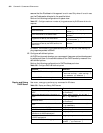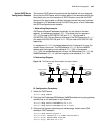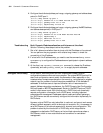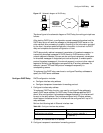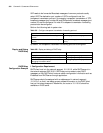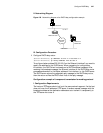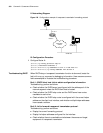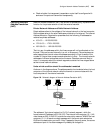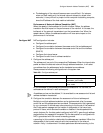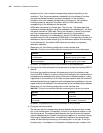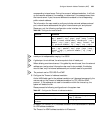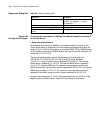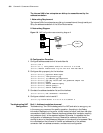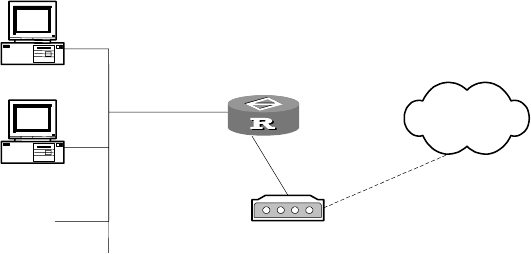
350 CHAPTER 21: CONFIGURING IP APPLICATION
203.196.3.23:32814. The destination address and port remains unchanged. In the
proxy server, it maintains one corresponding table of address port. After the
WWW server of the external network returns a result, the proxy server will
translate the destination IP address and port in the result data message to
10.1.1.48:6084. In this way, the internal computer 10.1.1.48 will be able to visit
the external server.
The role the Network Address Translation (NAT) plays
During the course of the development of the Internet, Network Address
Translation first emerged as a solution to tackle the problem of Internet address
shortage. As show in the diagram below: after address translation, PC1 and PC2
will have access to the resources on the Internet by Modem.
Figure 131 Access the Internet through address translation
Mechanism of Network Address Translation (NAT)
The mechanism of address translation is to translate the IP address and port
number of the host computer in the network to the external network address and
port number, to implement the translation from <internal address + port number>
to <external address + port number>.
Characteristic of Network Address Translation (NAT)
■ Transparent address allocation to the user (allocation of the external addresses)
■ Achievement of “transparent routing” effect. The routing here refers to the
ability to forward IP message, not a technique of the exchange of routing
information.
Advantages and Disadvantages of Network Address Translation (NAT)
Advantages:
■ It enables the host computer of the external network to visit the network
resources through this function.
■ It provides privacy protection for the internal host computer.
Disadvantages:
■ lThe header of the data message concerning IP address can't be encrypted, as
the IP address in the data message needs to be translated. In application
protocol, FTP link encryption can't be used. Otherwise, the port command of
FTP can't be translated correctly.
PC 1
Modem
Internet
PC 2
Router



